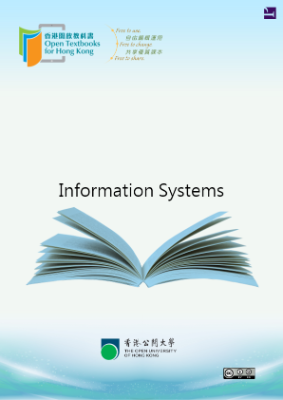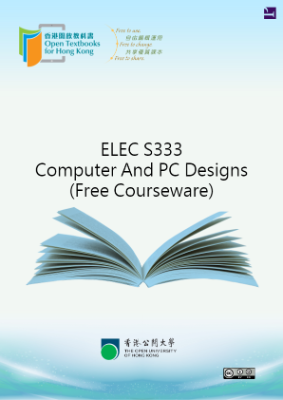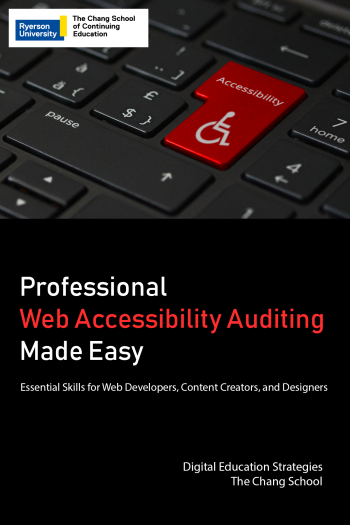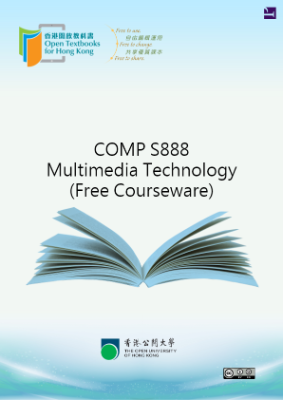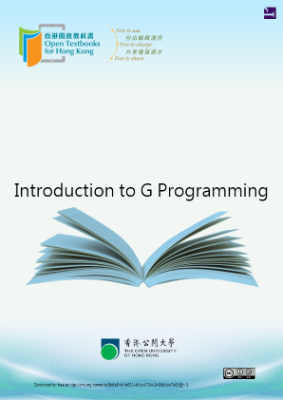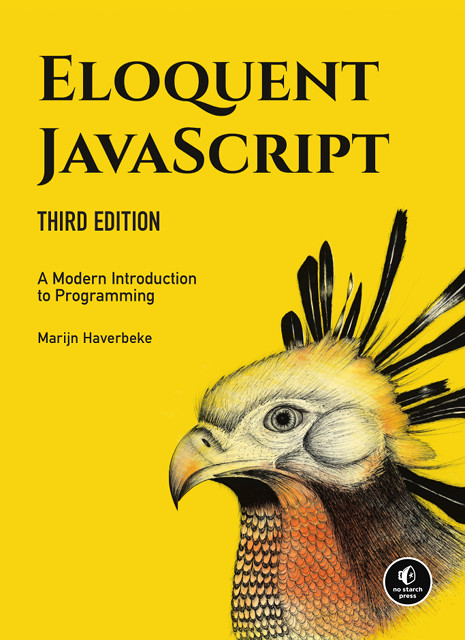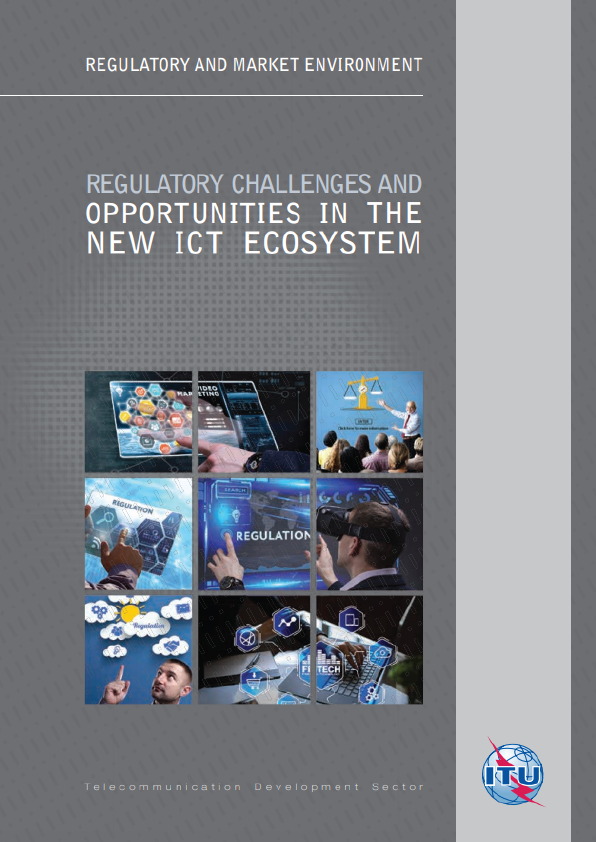The Global Text Project was initiated in early 2006 to develop a series of free, open content, electronic textbooks. A description of the Global Text Project is available on the project’s. The impetus for developing the information systems text as one of the first in the series is based on:
- The worldwide community of IS academics is a closely-knit community. Individuals know each other and have a long history of cooperating with each other on a global scale. Creation of an open content textbook will require the cooperation of the worldwide community of faculty and their students, as well as practitioners.
- The IS community, of all academic communities, should be the one that is an early adopter of technology that holds the promise of being able to create a state-of-the-art textbook.
The Information Systems textbook created by the community will be best-in-class, upto- date, and, perhaps most importantly, made available at no cost to students anywhere in the world, but particularly to students in the developing world.
The overall approach of the text
Introductory information systems textbooks often present the topic in somewhat of a vacuum. That is, they focus on information systems without really succeeding in showing how IS is integrated in organizations, how knowledge workers are supported, and how important IS is for an organization’s success. Many undergraduate students do not understand why they are required to take an IS course since they are not IS majors. Many also expect the introductory course to focus on personal productivity software. This textbook will teach students how to exploit IS in a technology-rich environment. It will emphasize why, no matter what their major, information and communications technologies (ICT) are, and increasingly will be, a critical element in their personal success and the success of their organizations. In other words, they need to be introduced to concepts, principles, methods, and procedures that will be valuable to them for years to come in thinking about existing organization systems, proposing new systems, and working with IS professionals in implementing new systems.
Students need to understand systems and the systems concept, and they need to understand the role of ICT in enabling systems. Students will learn the characteristics of good systems (e.g., intuitive, likable, error-resistant, fast, flexible, and the like). 1 Knowing the characteristics of good systems will permit students to demand welldesigned systems and to suggest how existing systems should be changed. Students need to understand the affordances, directions, and limits of hardware, software, and networks in both personal and organizational dimensions. They also need to appreciate that, as technical capabilities change and new ones arise, more opportunities to apply ICT for efficiency, effectiveness, and innovation are afforded. They need to understand the process for developing and implementing new or improved systems and the activities of IS professionals in this process.
